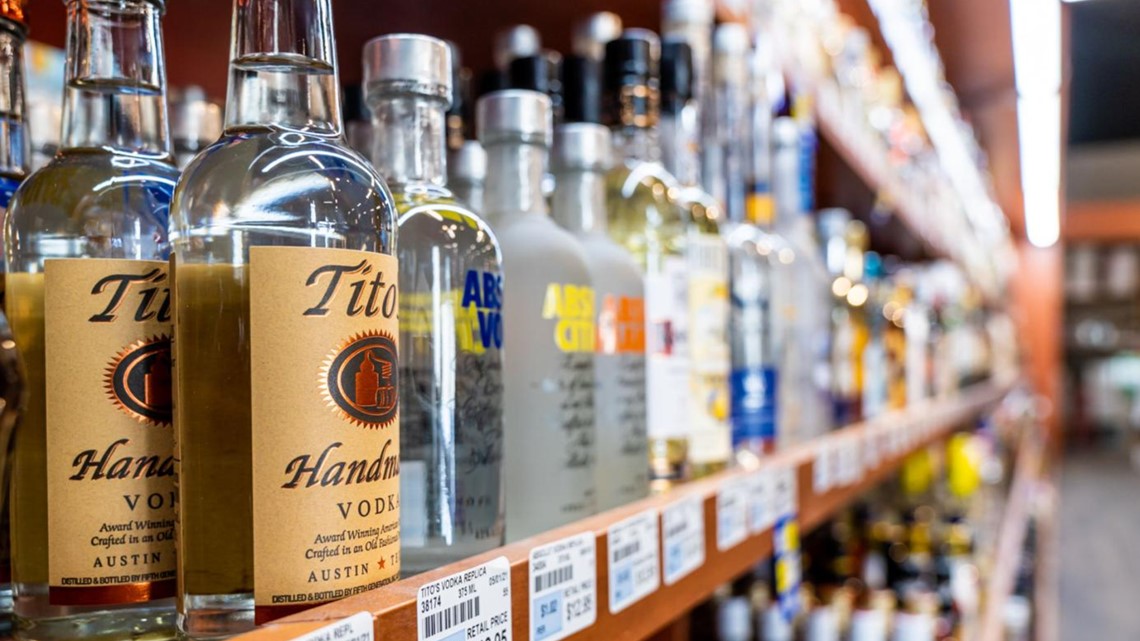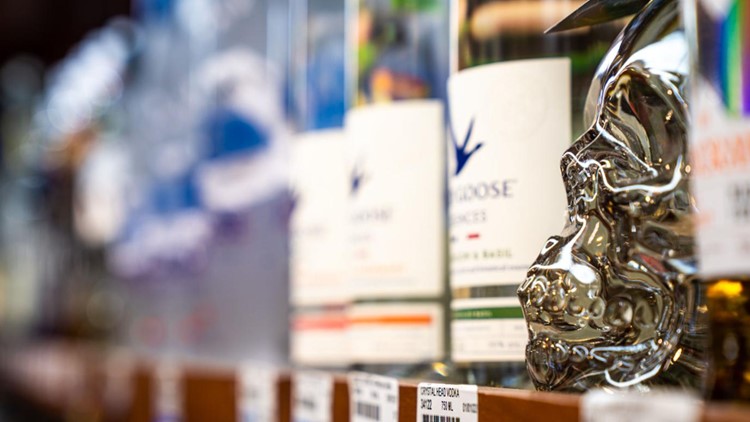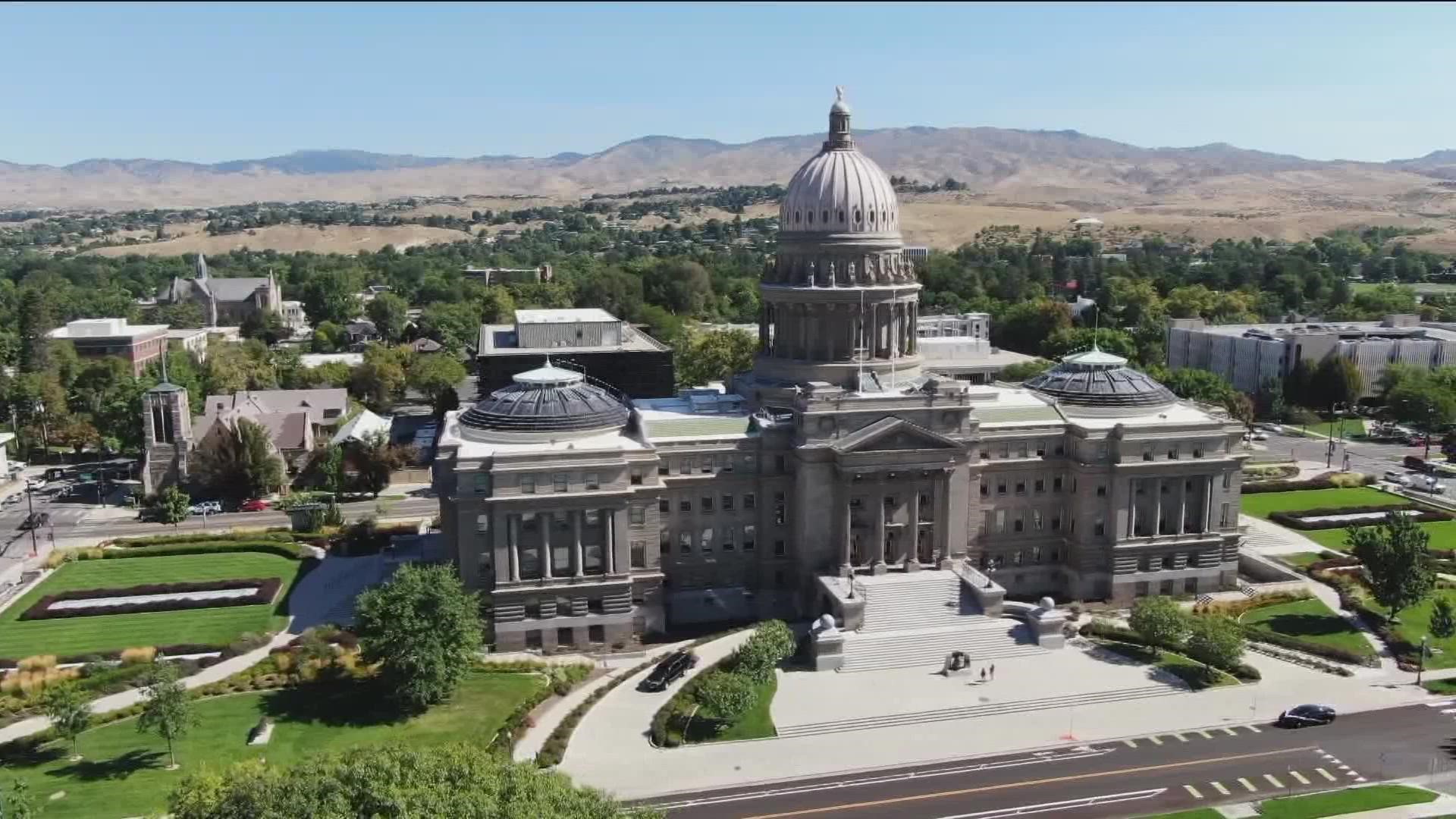BOISE, Idaho — This article originally appeared in the Idaho Press.
As the state’s population swells, Idaho state liquor sales have been booming, even with per-capita consumption rates well below the national average.
Now the state Liquor Division is proposing to add two new state liquor stores in the Treasure Valley, after adding two in 2019-20; prior to that, no additional stores had been added for a decade. The division also is requesting more staff across the state store system and pay boosts to attract and keep workers, from store clerks to managers.
When Rep. Paul Amador, R-Coeur d’Alene, asked division Director Jeff Anderson whether the pay boosts, including moving starting wages from $11 to $13 an hour for the lowest-paid retail staff, would be enough, Anderson said, “I think it gets us closer to McDonalds.”
“Will it make a difference? We’re hopeful that it will,” he said.
Under the proposal, starting wages for full-time, classified store clerks would rise from $12 an hour to $13.50; and for store managers would rise from $19 to $20.
Overall sales through the state Liquor Division — the only place people can legally buy packaged hard liquor in Idaho — have doubled over the past decade, Anderson told lawmakers on the Joint Finance-Appropriations Committee, just from population growth and evolving consumer preferences.
But division employees and sales locations “have not doubled,” he said. “We have … reached an inflection point where modest increases in head count and points of distribution are necessary.”
The state Liquor Division receives no state general fund support; it covers its costs through sales and turns over its proceeds to the state general fund, schools, courts, substance abuse services, local governments and more.
Currently, Idaho has 67 state-operated liquor stores and manages 103 stores operated by private contractors in locations where a state store isn’t feasible. The proposal would bring the state up to 69 state stores next year.
Gov. Brad Little has recommended funding the requests, for a total budget for the Liquor Division next year of $27.5 million, up 14.4% from this year.
“The Idaho model of spirits distribution works for Idaho,” Anderson told the Legislature’s Joint Finance-Appropriations Committee at his annual budget hearing on Wednesday. “We responsibly provide a legal product for the citizens of Idaho while consistently achieving our primary mandate, maintaining a low per-capita consumption.”


Per capita consumption of hard liquor in Idaho is 1.72 gallons, compared to a national average of 1.92 gallons, according to division records. Yet sales have increased 30% in the past two years. A portion of that is from cross-border purchases; Washington state residents account for 7.5% of the total sales.
“We do our job well, we meet the market, and we keep our focus on responsible service,” Anderson told the lawmakers. “In fact, we had yet another year with zero citations for selling to minors.”
“The proof is in the results,” he said. “Per-capita consumption of distilled spirits remains among the lowest in the nation.”
Anderson said Idaho’s state liquor stores don’t advertise their products, and they use supplier-based pricing, which means the state doesn’t discount liquor, leaving that decision to suppliers. Sales in fiscal year 2021 came to $297 million; this fiscal year, which ends June 30, they’re projected at $310 million. That’s up from $137.6 million in 2010.
Seventeen states including Idaho have state control of liquor sales; Idaho’s neighbors Oregon, Utah, Montana and Wyoming are among them. Washington also was a control state until a voter initiative in 2011 privatized sales there, allowing hard liquor to be sold in grocery stores and elsewhere.
Idaho’s state control system was established in 1935, following the repeal of Prohibition.
Anderson said state Liquor Division employees “do incredible work,” but said, “Long-term sustainability requires investment in our people and our points of distribution.”
The proposed budget increases, on which lawmakers will vote once JFAC starts setting agency budgets Feb. 18, are:
- Market pay adjustments for retail staff, $974,800.
- Converting part-time and temporary positions to full-time, for an increase in staff without additional people.
- Increasing store staffing levels, $182,200.
- Opening two new retail stores in the Treasure Valley, including three new full-time positions at each plus capital outlay, $764,200.
- Two additional warehouse staffers, $150,100. Anderson called the division’s distribution center “the bottleneck and a major pinch-point in our operation” as sales increase.
- Remodeling or relocating two existing state stores as leases come up, $219,100.
Anderson said he doesn’t know yet where the two new Treasure Valley stores would go. “We prefer to co-locate in locations where people go for other things, whether it’s a grocery store or whatever,” he said. The two that were added in 2020 are at Lake Hazel and Five Mile, and at Chinden and Linder roads.
Idaho had 66 state-operated liquor stores from 2010 to 2019, when it converted a state-owned store in Weiser to a contract store and added the two new stores in 2020, bringing it to 67.
This article originally appeared in the Idaho Press, read more on IdahoPress.com.
Watch more Local News:
See the latest news from around the Treasure Valley and the Gem State in our YouTube playlist:



